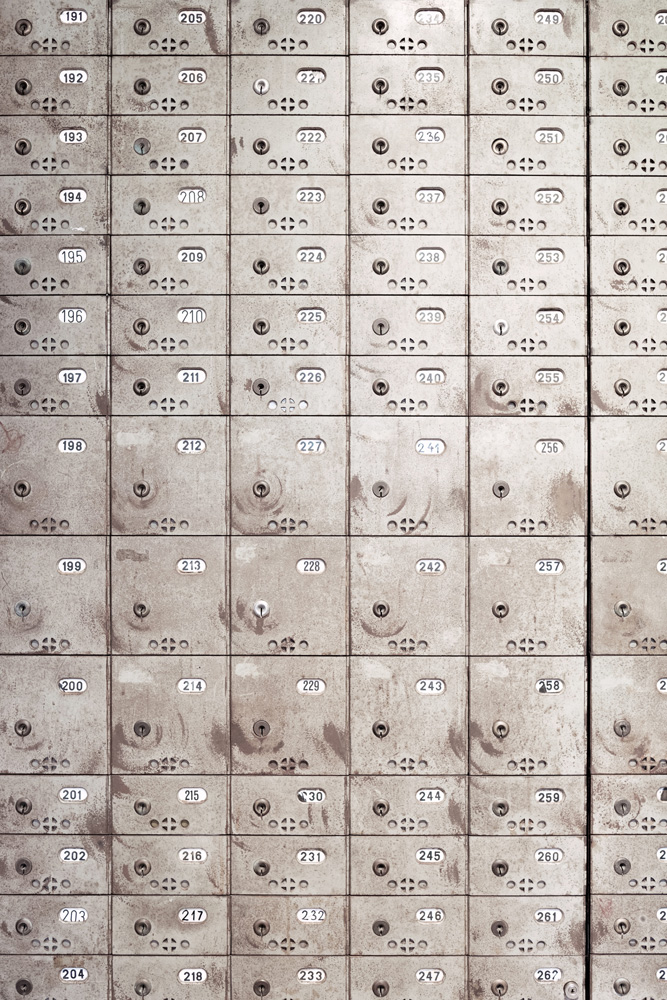The answer to this question can be found in a simple fact:
“The Internet was created without an identity layer”.
This increasingly popular quote from Kim Cameron, Chief Architect of Identity for Microsoft, leads to the root cause that can make network effects a counterproductive force. Although the triumphant progress of the internet brought the information age to a new level, it led digital business models towards the described impasse. Whereas the Hypertext Transfer Protocol (HTTP) as the underlying protocol used by the World Wide Web lead to unpanelled, successful growth of the internet, the web community missed to establish an adequate system to assign and verify identity. The way the internet works is fundamentally different than identity on the web works. The latter is a network of connected devise. Each of these devices connected to a network are centrally assigned a numerical label, the Internet Protocol address. Instead of identifying human beings as endpoints on the network, the system connects physical devices. That’s why it is nearly impossible today to uniquely identify people and authenticate their messages. In addition, we currently define and authenticate accounts that are not necessarily tied to real people or organizations. We do this often separately for each service. For the sake of convenience, we even allow the giants like Facebook or Google to authenticate our identities on third party platforms. This all leads to the unfavorable side effect that online identities can dramatically differ from real world identities and that information spread in digital communication might not be true. To better describe this phenomenon, politics has established all new expressions such as “alternative facts” or “fake news”.
A certain degree of anonymity in digital communication is not harmful by nature. Anonymity may lower barriers to engage in discussions and therefore to participate in a network. It can support the rapid growth of networks and with that it’s positive externalities. This effect describes the fact that an additional node in a network has a positive effect on the value of this network to others. Anonymity is also what drives the success of many use cases on the blockchain. The Bitcoin is one of them. Due to inherent anonymity, the most prominent among the broad range of new cryptocurrencies is also used for shady transactions. Without anonymity, the rapid adoption of the Bitcoin would not have happened and its value would be much lower.
Another aspect that sheds a bad light on anonymity is the popular assumption that online anonymity is one of the principle factors that promotes aggression. This must not necessarily be the case. Anonymity can produce the “stranger on a train” phenomenon, wherein people share intimate self-disclosures with strangers as they do not expect a reunion and hence do not fear any risks and constraints (Bargh et al., 2002). Recent studies in social norm theory show that in the context of online firestorms, non-anonymous individuals are more aggressive compared to anonymous individuals (Rost et al., 2016). When introducing an identity layer for the web the major focus should therefore not lay on making anonymity a thing of the past. It should rather lay on enabling and supporting authenticity and eventually data veracity. In this context authentication can be defined as the act of confirming the truth of an attribute. If we were able to more easily and reliably authenticate data on the web, the degree to which data we use to make decisions is accurate, precise and trusted will be much higher.






